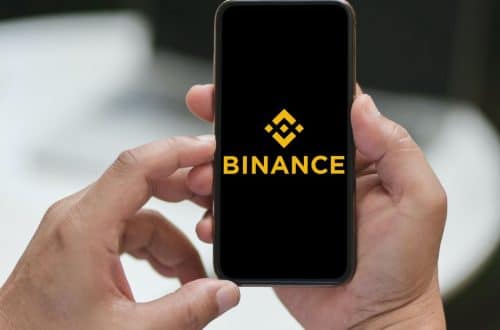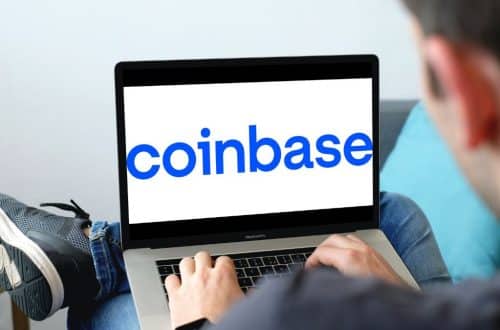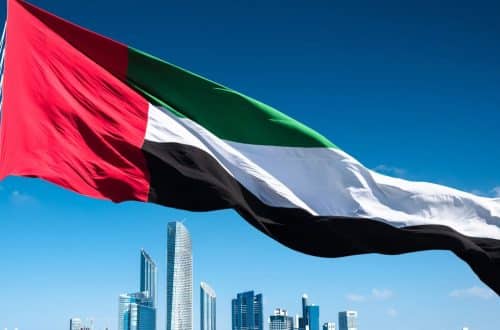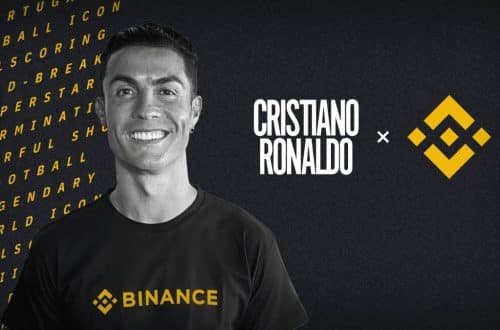
Can Blockchain Networks Fix Carbon Offsets?
In the coming years, several companies like Procter & Gamble (PG) to Nestlé (NSRGY) have vowed to go “carbon neutral,”. In order to do this, they will have to purchase carbon offsets. These are credits that go to support sustainable projects that prevent or reduce greenhouse gas emissions. This means that they will prevent as much carbon from entering the atmosphere elsewhere as they emit.
Cryptocurrency remains a grey area in conservation discussions. There appears to a solution to the imminent climate crisis: crypto carbon credits.
In the case of Bitcoin, these would be immutable, digital proof that specific units of carbon have been removed from the atmosphere.
A group of firms including Microsoft (MSFT) , JPMorgan Chase (JPM) , and Accenture (ACN) have formed a consortium to explore using blockchain technology to create a system for tracking and trading carbon credits.
Some view carbon credits as an effective solution to earth’s climate problems while others believe it gives polluters a free pass to emit much more carbon than they normally would.
The group’s goal is to make it easier for companies and countries to offset their carbon footprints by investing in projects that remove carbon from the atmosphere.
The consortium will first focus on creating a system to track carbon credits that are generated by forestry projects. The group plans to eventually expand the system to include other types of carbon-reduction projects
These projects like Toucan , and Moss believe that carbon credits managed on the blockchain will increase the overall transparency of the scheme and also improve accessibility to the carbon credit market.
While the idea of carbon offsets has been around for a while, the market for buying and selling them has been plagued by opacity and fraud. For example, it’s often difficult to know if the credits you’re buying represent actual reductions in emissions.
Carbon credits – also called carbon offsets – represent projects that reduce emissions or remove carbon dioxide from the atmosphere, such as preserving forests, building wind and solar farms, or capturing methane gas. These projects create credits that can be bought and sold to offset carbon footprints.
In general, one carbon credit represents one metric ton of carbon dioxide that has been saved from the atmosphere. To a purchaser, it represents permission to emit that same amount of carbon guilt-free (and in some cases, tax-free).
The problem is that many of the projects that create credits don’t result in meaningful emissions reductions. In some cases, they may even increase emissions.
For example, a project might promise to preserve a forest by paying the local community not to cut down the trees. But if the project doesn’t prevent all logging – or if the area wasn’t really at risk of being logged in the first place – it hasn’t actually achieved anything.
The same goes for projects that involve destroying HFC-23, a powerful greenhouse gas. These projects are popular because they offer a huge number of credits for very little money. But they don’t actually reduce emissions in the long term, because HFC-23 is a by-product of another industrial process. When that process is stopped, the HFC-23 will stop being produced and there will be no need to destroy it.
The first global carbon market emerged in 1997 with the Kyoto Protocol. The protocol established carbon credits on an international treaty as a way for countries to offset their emissions to abide within the limits of the United Nations Framework Convention on Climate Change (UNFCCC). These carbon credits became commonly known as Certified Emissions Reductions (CERs). Carbon markets have grown since the Kyoto Protocol and there are now around 30 regional, national, and international carbon markets.
The project is still in its early stages, and the group has not yet released any specific details about how the system will work. But the consortium believes that blockchain could help to solve some of the major problems associated with carbon offset schemes, including fraud and lack of transparency.
What do you think? Is this a good use case for blockchain technology







